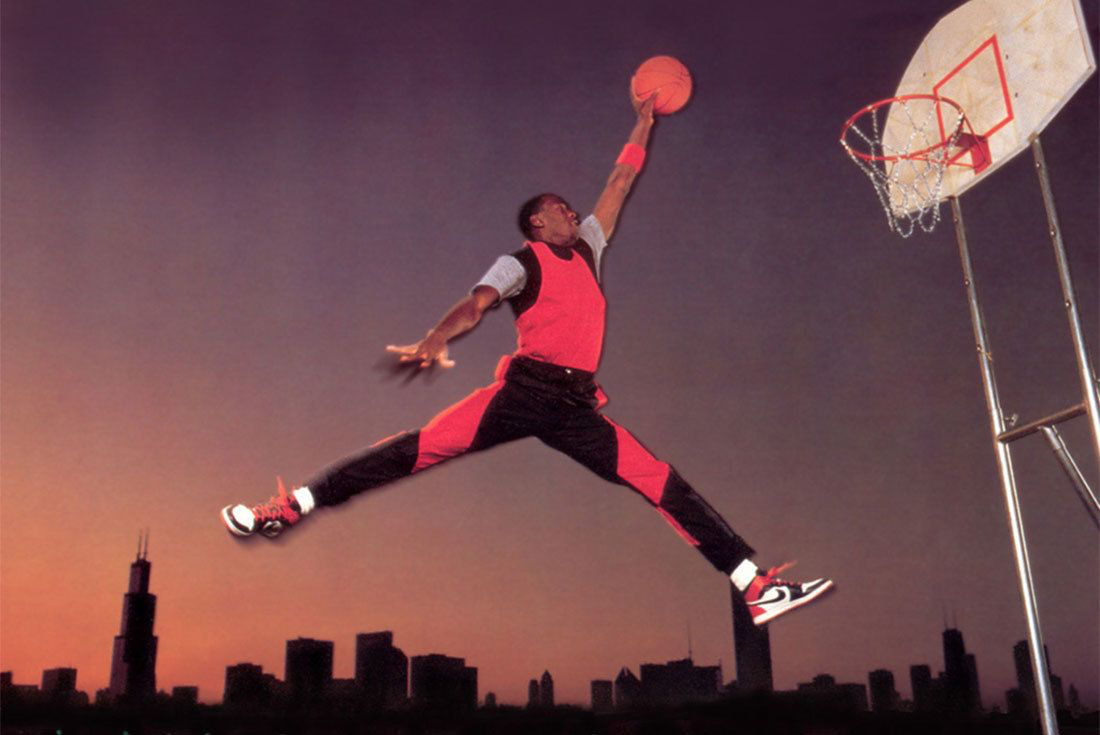Let’s keep it 
The Origin Story That Changed Everything
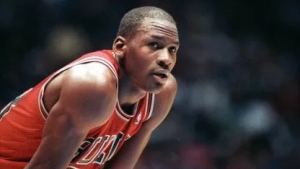
Back in 1984, Nike was just another sportswear company desperate to compete with Adidas and Converse. Their wild idea? Bet everything on a rookie named Michael Jordan with a deal worth $2.5 million over 5 years (INSANE money back then) plus something that had never been done before – giving an athlete royalties and their own signature line.
What’s crazy is that MJ didn’t even want to sign with Nike! He was an Adidas fan, but they weren’t offering anything close to Nike’s deal. The rest is sneaker history. When the Air Jordan 1 dropped in 1985, the NBA literally fined MJ $5,000 EVERY GAME he wore them because they violated the league’s uniform policy. What did Nike do? Paid every single fine and turned it into the most legendary marketing campaign ever, making those “banned” kicks the ultimate symbol of rebellion.
Nike expected to sell $3 million worth of Air Jordans in the first FOUR YEARS. Instead, they made $126 million in the FIRST YEAR alone. Talk about underestimating your product!
Why Jordans Still Run the Sneaker Game
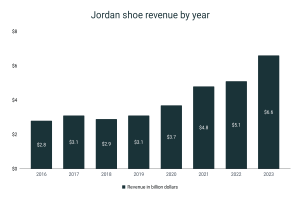
Four decades later, and Jordan Brand is still absolutely crushing it:
- The Air Jordan 1 accounts for 25% of ALL Jordan sales and dominates 23% of the entire secondary sneaker market (coincidence on that number? I think not!)
- Retro releases make up 80% of Jordan Brand revenue – proof that nostalgia is an unstoppable force
- The 2011 “Concord” Air Jordan 11 release caused actual RIOTS at malls across America
- Original 1985 Air Jordan 1s now sell for up to $20,000+ on the resale market
Jordan Brand figured out the magic formula that every sneaker company has tried
to copy: limited releases + cultural storytelling + authentic athlete connection =
sneakerhead obsession.
The Collabs That Broke the Internet
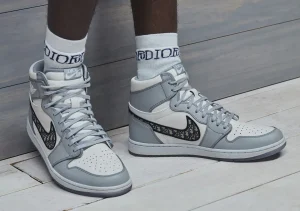
No brand does collaborations quite like Jordan. Every major release feels like a cultural event:
Travis Scott’s backwards Swoosh on the Air Jordan 1 “Mocha” completely flipped the script on sneaker design and instantly resells for $1,500+. La Flame’s $10 million annual Jordan deal has produced some of the most hyped sneakers of all time.
Dior x Air Jordan 1 took luxury sneaker collabs to another dimension, with a $2,000 retail price that immediately jumped to $8,000+ on resale platforms. Only 8,500 pairs were made, making them instant grails.
Off-White x Air Jordan collaborations with Virgil Abloh deconstructed the most iconic silhouettes in the line, with transparent design elements and Virgil’s signature industrial quotes that created a whole new aesthetic language for sneakers.
Don’t even get me started on collabs with artists like Eminem (whose ultra-rare Jordan 4s go for $30,000+) and Drake’s OVO editions that connect the brand to modern music culture.
The Marketing That Changed Culture Forever
Jordan Brand’s advertising is just built different. From the Mars Blackmon commercials with Spike Lee asking “Is it the shoes?” to the legendary “Failure” commercial where MJ talks about missing 9,000 shots in his career — these weren’t just ads, they became part of American culture.
The “Be Like Mike” Gatorade campaign made Jordan’s excellence feel accessible to everyone. You might not dunk from the free-throw line, but you could aspire to his mindset and work ethic.
The genius of the Jordan marketing machine was making basketball shoes relevant to people who never touched a basketball.
They weren’t selling sneakers — they were selling what it meant to be great.
Why Jordan Brand Hits Different
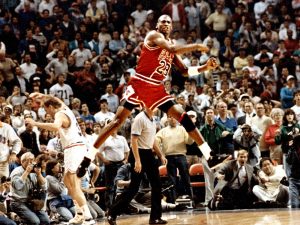
The Marketing That Changed Culture Forever
What makes Jordan Brand special, even in 2025?
- The Jumpman logo is instantly recognizable everywhere on Earth – becoming as iconic as the Nike Swoosh itself
- Premium pricing strategy that turned athletic shoes into luxury items
- Strategic scarcity that keeps demand sky-high year after year
- Perfect retro cycle that introduces classic models to new generations
- Authentic connection to the GOAT athlete whose competitive spirit defines the brand
Jordan Brand has paid Michael Jordan an estimated $1.3 billion since 1984, far more than the $90 million he earned during his entire NBA career. That royalty deal giving him 5% of every Jordan sale might be the greatest contract in sports history
The Future of Flight
Even with the recent 16% revenue decline reported in 2025, Jordan Brand remains Nike’s crown jewel and cultural powerhouse. While competitors have tried everything to create “Jordan killers” over the decades, nothing has come close to matching its cultural significance.
The lesson? It wasn’t just about the shoes or even Michael Jordan himself – it was about creating meaning that transcended sport. Jordan Brand didn’t just sell sneakers; they sold the idea that we could all fly, even if just for a moment.
And that’s why, four decades later, nothing hits quite like seeing a fresh pair of Js on feet. The legacy continues, one iconic silhouette at a time.

